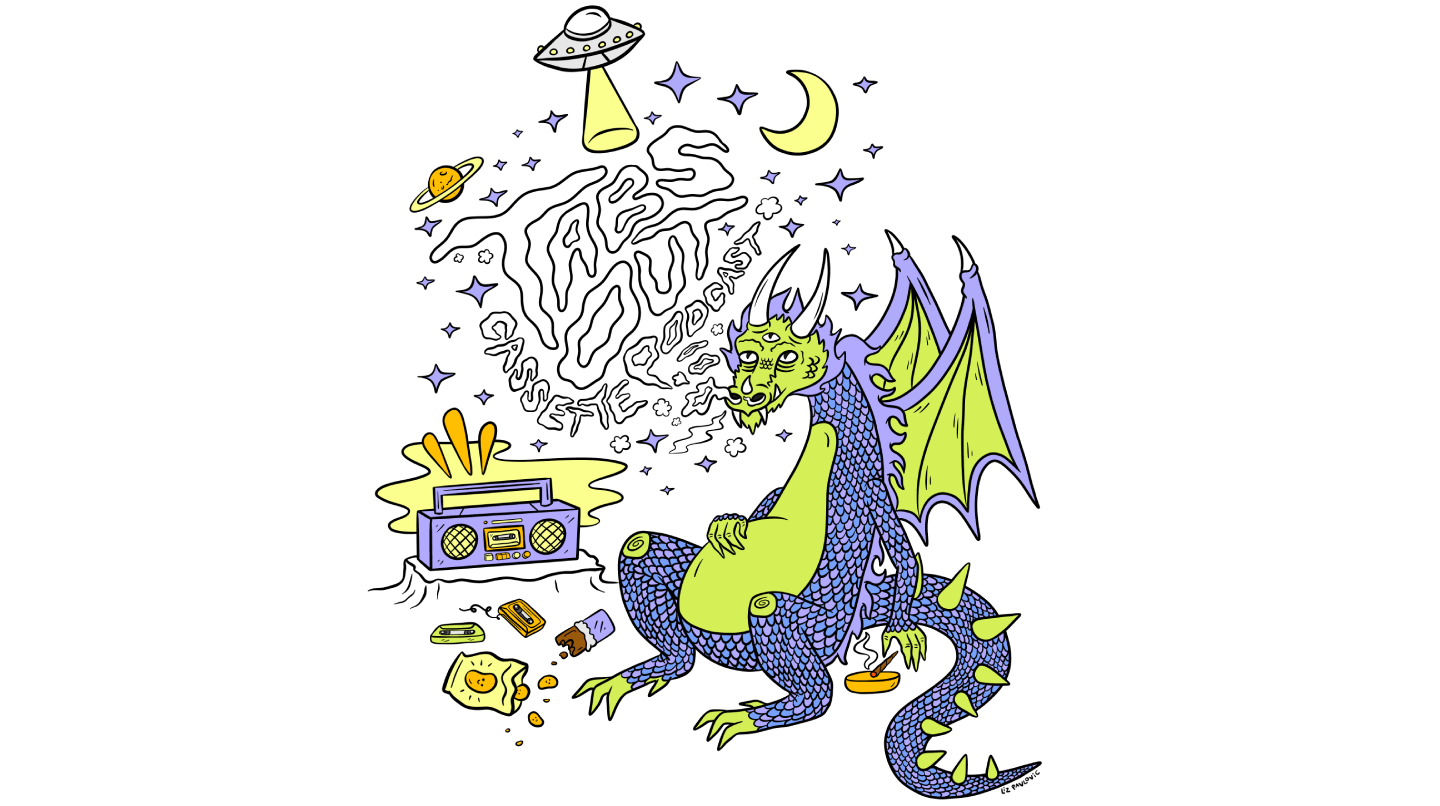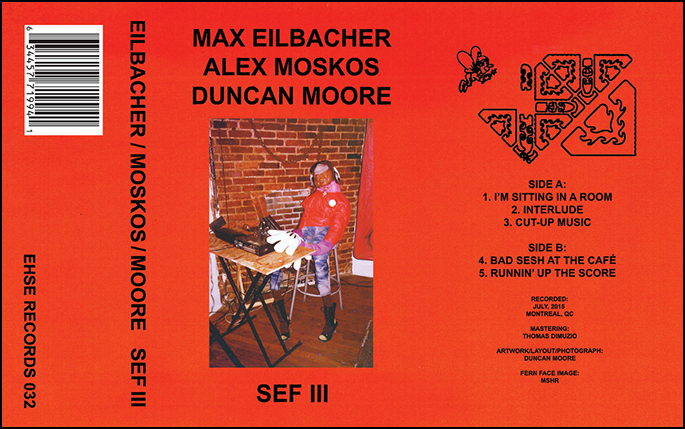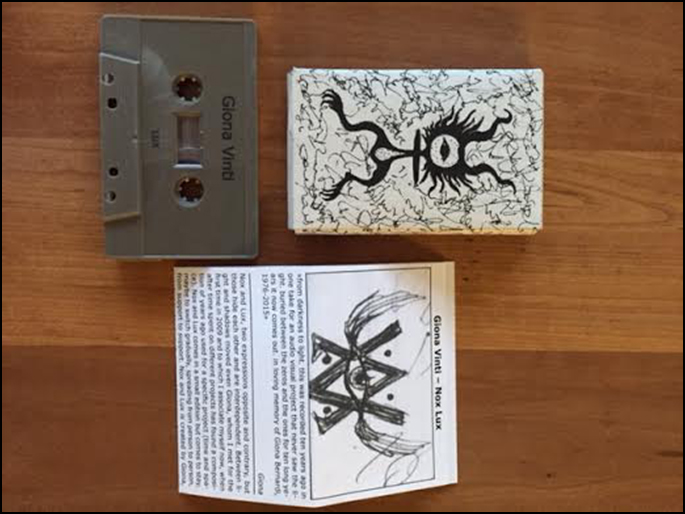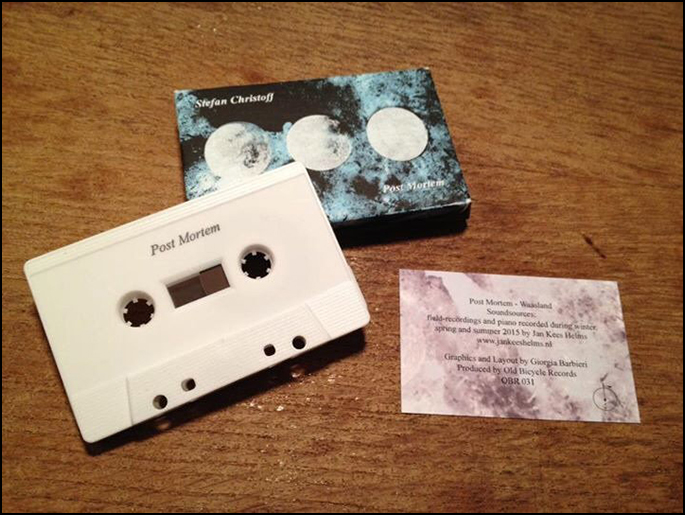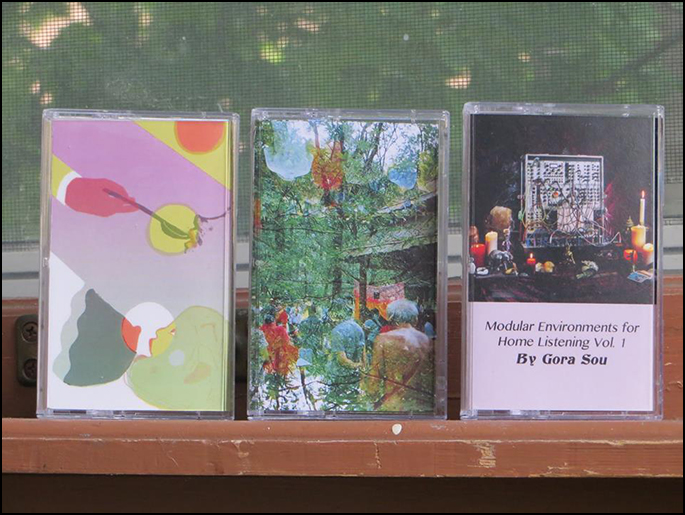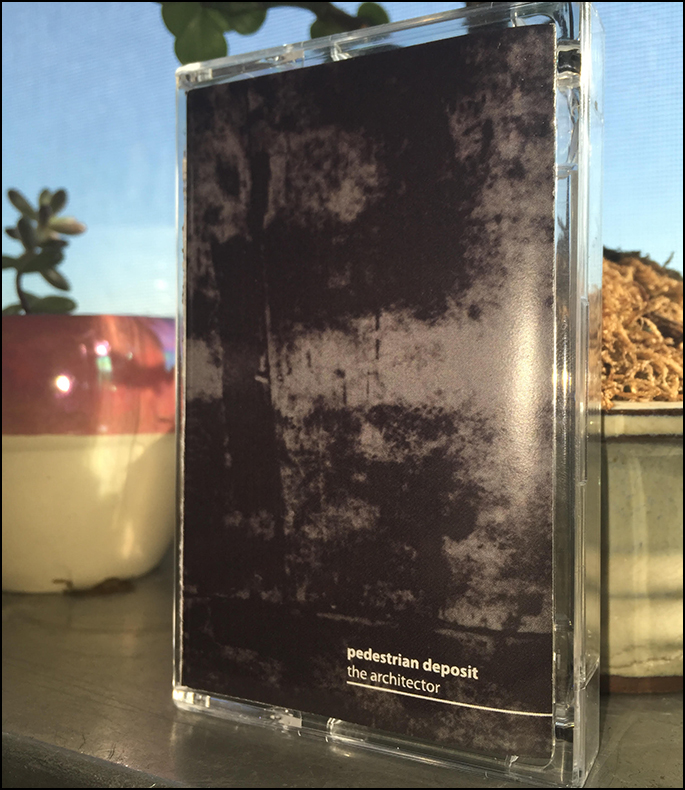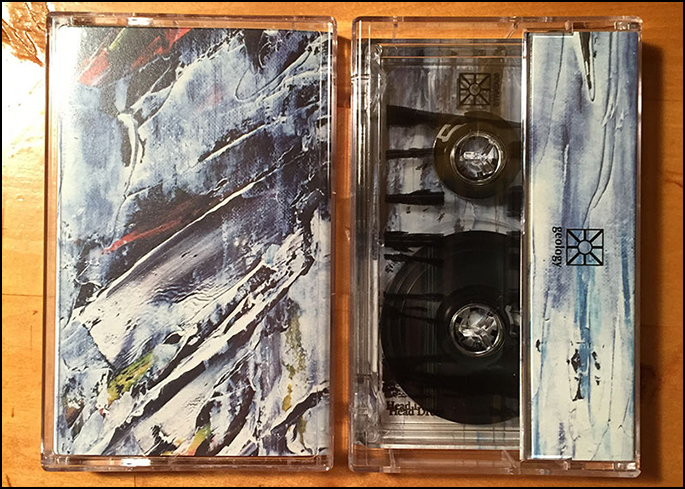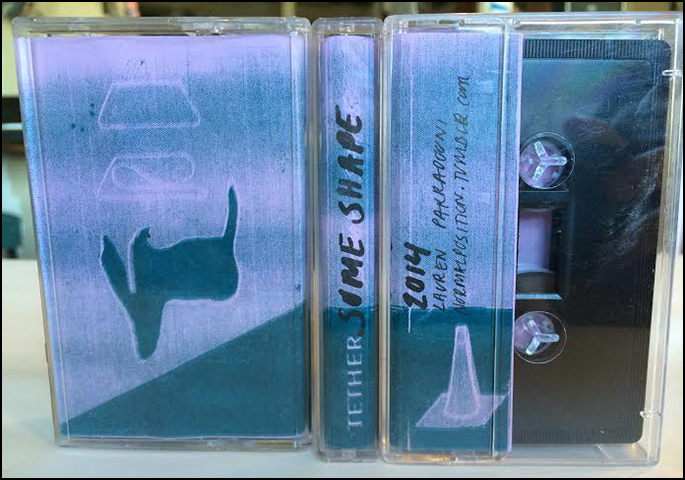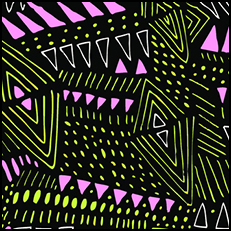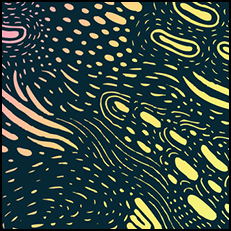New Batch – Spring Break Tapes!
5.2.16 by Ian Franklin

I was supposed to listen and write some words on this batch from Spring Break Tapes! closer to when it was released back in March, but some unfortunate life events prevented any type of creative spirit and sucked all the energy out of me. These three sat on top of my deck staring at me for the last month and change, beckoning me to dig in, almost forcing me to listen. But, I resisted for whatever reasons.
Sometimes things don’t work out the way you want them to. Sometimes things royally fucking suck and it can feel crushing and impenetrable. The loss of a loved one, a personal failure, a dissolving friendship, a monumental weight on your mind, the impending disaster of things you can’t control. But the shadow is cast from the flame, and darkness is not the only reality.
Music has the power to heal and transform. Sometimes it may be the only light that shines, but all light moves with the greatest speed and with undoubting assurance. Returning to these three tapes from Avery Gabbiano, Amulets, and Head Dress has been an overwhelming and positive experience. Not only because they were weighing on my mind for a long time, but also because they’re so fucking good. Let’s dig a little deeper.
The continuous theme of cyclic movement and regeneration is present in all three releases though evident in different patterns and ways. They each develop in their own style while at the same time moving through equal fields of intention, whether it be through tidal movements, looping forms, or rhythmic presence. They mold together as wholly separate but connected sides of the same prism.
Avery Gabbiano “Oracles & Chambers”
Side A’s track, Sacred Incubation Chamber, begins immediately with an underwater deep sea dive into chambers unseen; elements of structure that only live in light-less environments. Bubbles of watery pops and resonance float around circular stabs of more fossilized synth arpeggiations. Not quite water and not quite electronics. There is a threshold that sits just below the shadowy depths. A slow and steady melodic current drifts through stronger waves of filter sweeps and undulations. The feeling of a surrounding weight mixes perfectly with the feeling of endless expanse. Heavily reverbed and delayed tones bounce and reflect in a glowing radiance while warm drones fill the stereo spectrum. Ancient systems flow through dynamic structures.
Oracle of Osaka picks up the current where the tide let out. Deep and glistening bass drone floats underneath flashes of synth that dances from ear to ear. Disconnected voices splash on the shores of memory leaving a thin layer which ultimately drifts back to the source. Long distance travels. The steady pattern of continuous synth creeps back to the front. There and back again; always present. Turning slightly aggressive, the storm of swelling patterns hint at the danger that is always present and sometimes unavoidable. Distinct though familiar, the sounds match perfectly to the j-cards multitude of deep-sea organism artifacts across it’s numerous panels. Mystifying while simultaneously comforting.
Amulets “Auras”
The Coldest Time Was Always Midnight begins with distant field recordings of a passing train in the night. Or perhaps a fading tape loop pushed to it’s limits. Or maybe the slow undulating pulse of time itself. Creeping guitar haze penetrates the outer reaches and works its way towards covering everything in sight. The most gentle beginnings drift into an all encompassing presence, replaced continuously over again like ripples pooling out to the edges. A brilliant light which burns and fades though it leaves the mark of remembrance in it’s wake.
A Funeral By The Sea kicks off on the flip side with a strong and dense field of ambient hiss that slowly melts in to the porous edges that keep the structure together. Weathered and exposed guitar passages dance slowly back and forth. Pleasant feedback makes its presence felt but hardly seen. Looped fragments across multiple octaves fill out the massive structure and balance together with ease: slow and methodical bass, small flashes of upper register, pulsating drifts through the middle frame. A full body cast shaped and sculpted around a fading figure. Some of the most beautifully haunting sounds I’ve heard in a long, long time.
Head Dress “Rose”
Prickly stabs of synth pierce the beginning of Salet, the first track of the A side. Staccato splashes that bounce and trail off into the farther reaches. They’re met with a deep and expounding call of bass rhythm and meditative vocal loops while a slow undercurrent melody runs through the middle. Fading from the view, the undercurrent swells and disappears into the growing blackness that surrounds. Lurching from the beyond comes “Black Cherry”, with its deep breaths of filtered bass tones. Small, fluttery modulations skip through the weighty pool like dragonflies over a underground canyon reservoir. Though they never linger to long before disappearing back into the night.
Darlow’s Enigma starts things off on the B side with flashy pops of synth rhythm, a 4-dimensional field that grows strength from all it absorbs. Resonant spikes pierce the outer layers; sharp edges dissolve and grow into new territory. A dance of structured yet unstable movement. Pieces of vocals once again enter the territory. Distorted and fleeting they dissolve into the ether of the pulse. From the beginning…the rise; to the inevitable end… the fall.
A word on the j-cards for these three releases: BONKERS. Straight up gorgeous fucking pieces of artwork from label head Joe McKay displayed over 6 panels, front and back. Each one fits the mood of their respective sounds perfectly and adds to the overall release in a way that is refreshing and exciting. You really just have to experience these for yourself. Stock is running low on these so do what you must and grip these babies NOW!
